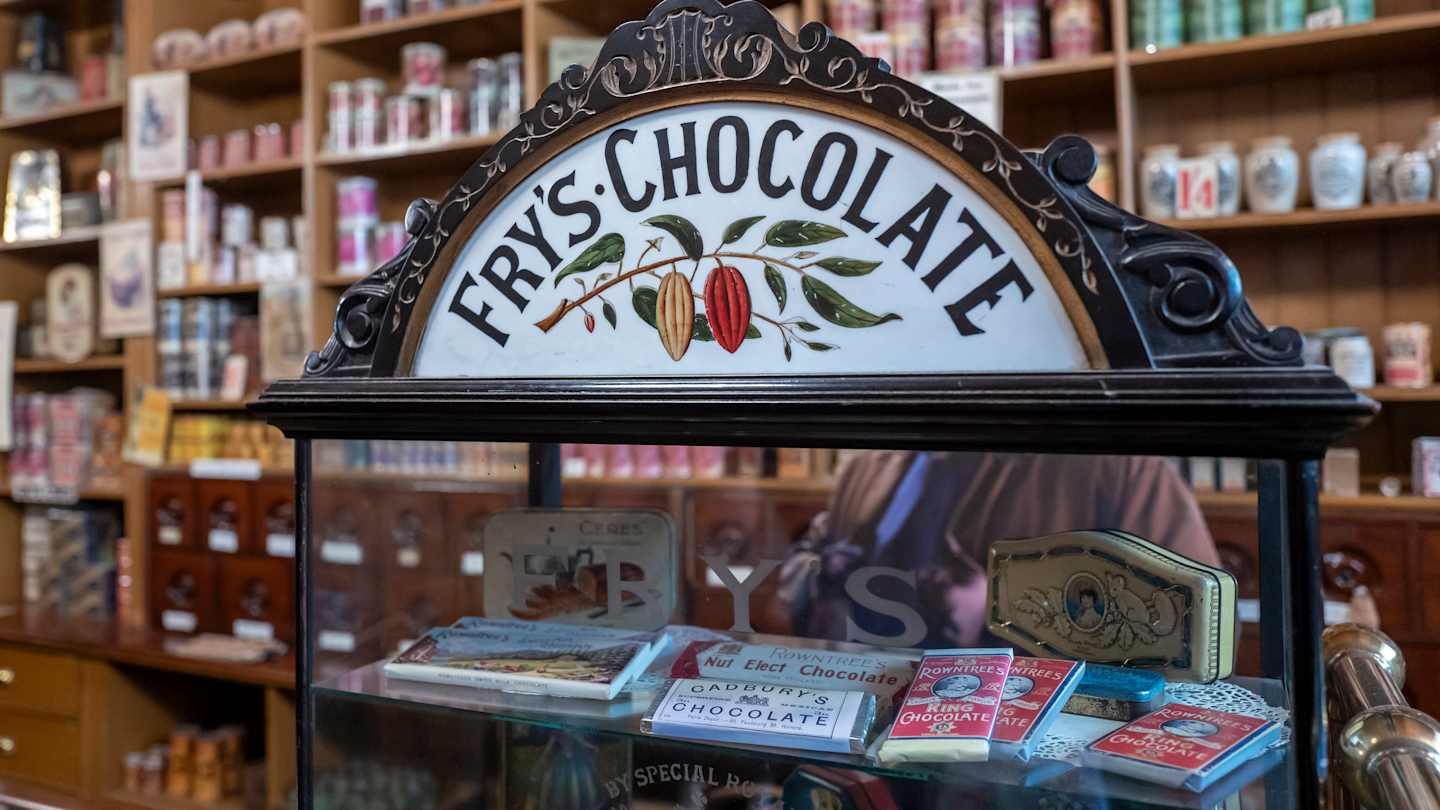Generational Diversity: Harnessing the Power of Five Generations in the Workplace
Every company is essentially a melting pot of unique individuals who are shaped by their personal experiences, values, attitudes, and beliefs. Increasingly, workplaces are also becoming a confluence of distinct age groups, with each one bringing their unique work styles to the table. From baby boomers to generation Z, it’s time managers and leaders looked beyond surface-level age-related preconceptions and tapped into the wealth of resources that can come from understanding the nuances of generational diversity.
When we talk of generational diversity, we refer to the blend of values, attitudes, and work styles that exist between individuals born in different eras. It has been identified that workplaces can have up to five generations of workforce, spanning from those born around 1945 to those born as recently as 2012.
The first cohort includes the ‘Builders,’ those born between 1929-45. Raised in the challenging times of the Great Depression, they have an in-built frugality and a robust work ethic. Having seen hard times, they are deeply grateful for employment and place a premium on job security. In professional interactions, they lean heavily towards traditional communication methods like telephone calls and face-to-face meetings. They also appreciate a well-structured organization chart.
Next come the ‘Boomers,’ born between 1946 and 1964. Renowned for their dedication to work and commitment to conventional beliefs, they exhibit a strong work ethic like the Builders.
Following these are the ‘Generation X,’ born between 1965 and 1980. Known for their independence and adaptability, they cherish work-life balance and prefer flexible work arrangements. As a generation that grew up witnessing the inception and rise of the internet era, they have a unique dual perspective on life – one before and after the onset of rapid globalization and digitization.
‘Millennials,’ those born between 1981-1996, are identified as highly educated, tech-savvy, and socially conscious. They have a preference for meaningful work and highly value collaboration. Their successors, ‘Generation Z’ (born between 1997-2012), share many of these traits and add to the mix a prioritization of diversity and authenticity. They demand instant gratification and are completely digital natives.
Having an understanding of these generational differences can offer valuable insights into managing the workforce. For instance, management could leverage the experience and traditional wisdom of builders and boomers, who may not wholly endorse the modern concepts of work-life balance or remote work. Their understanding and knowledge of business operations can be invaluable.
In contrast, guiding Millennials and Generation Z, known for their swift decision-making, to slow down and develop resilience can be beneficial. This fast-paced cohort, having always lived in a rapidly changing world, may not have learned the virtue of patience.
Recognizing and respecting these diverse generational traits are intricate parts of good workplace leadership. After I acquired this knowledge, I surveyed my colleagues and professional network to understand their communication preferences. The responses varied from text messaging to phone calls and the occasional preference for an old-fashioned paper newsletter!
In conclusion, five generations in the workforce can add considerable variation and pose unique challenges to a workplace. However, by understanding and embracing these differences, organizations can transform what may seem like an obstacle into a superpower. By harnessing the unique strengths each generation brings to the table, businesses can indeed create a rich tapestry of skills, knowledge, and experiences that enhance productivity, company culture, and morale.
But what about you? How are you embracing and harnessing the power of generational diversity in your workplace?



